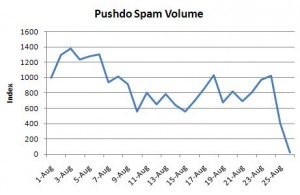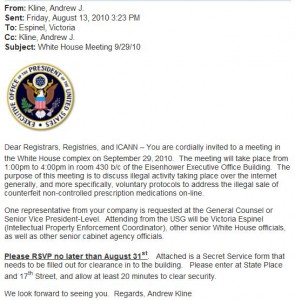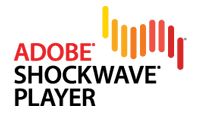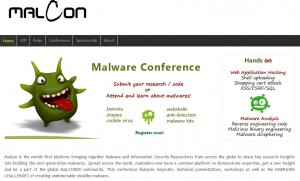Microsoft has released a point-and-click tool to help protect Windows users from a broad category of security threats that stem from a mix of insecure default behaviors in Windows and poorly written third-party applications.
My explanation of the reason that this is a big deal may seem a bit geeky and esoteric, but it’s a good idea for people to have a basic understanding of the threat because a number of examples of how to exploit the situation have already been posted online. Readers who’d prefer to skip the diagnosis and go straight to the treatment can click here.
DLL Hijacking
Windows relies heavily on powerful chunks of computer code called “dynamic link libraries” or DLLs. Each of these DLLs performs a specific set of commonly-used functions, and they are designed so that Windows can share these functions with other third-party programs that may want to invoke them for their own purposes. Many third-party apps will load these DLLs or bring their own when they first start up and often while they’re already running.
Typically, DLLs are stored in key places, such as the Windows System (or System32) directory, or in the directory from which the application was loaded. Ideally, applications will let Windows know where to find the DLLs they need, but many do not.
The potential for trouble starts when an application requests a specific DLL that doesn’t exist on the system. At that point, Windows sets off searching for it — looking in the above-mentioned key places first. But eventually, if Windows doesn’t find the DLL there or in a couple of other places, it will look in the user’s current directory, which could be the Windows Desktop, a removable device such as a USB key, or a folder shared on a local or remote network.
And while an attacker may not have permission to write files to the Windows system or program directories, he may be able to supply his own malicious DLL from a local or remote file directory, according to the U.S. Computer Emergency Readiness Team.
Several months ago, experts from a Slovenian security firm warned that hundreds of third-party applications were vulnerable to remote attacks that could trick those apps into loading and running malicious DLLs. According to the Exploit Database — which has been tracking confirmed reports of applications that are vulnerable to this attack — vulnerable apps include Windows Live Mail, Windows Movie Maker, Microsoft Office Powerpoint 2007, Skype, Opera, Medialplayer Classic and uTorrent, to name just a few.
The FixIt Tool
Roughly one week ago, Microsoft released a workaround tool to help users and system administrators blunt the threat from all of this by blocking insecure DLLs from loading from remote and local file sharing locations. But the tool wasn’t exactly made for home users: After you installed and rebooted, you still had to manually set a key in the Windows registry, an operation that can cause serious problems for Windows if done imprecisely.
On Tuesday, Microsoft simplified things a tiny bit, by releasing one of its “FixIt” tools to make that registry fix so users don’t have to monkey around in there. Trouble is, you still need to have installed the initial workaround tool before you can install this point-and-click FixIt tool.
It’s tough to gauge whether DLL hijacking poses the same threat to home users that it does to users on larger enterprise networks. Microsoft maintains that this class of vulnerability does not enable a “driveby” or “browse-and-get-owned” zero-click attack, but the attack scenarios Redmond describes where a Windows user could get owned by this attack probably would work against a majority of average Windows users.
And while it may take some time for developers of vulnerable third-party apps to fix their code, Microsoft’s interim fix does add a measure of protection. If you’d like to take advantage of that protection, visit this link, scroll down to the Update Information tab, and click the package that matches your version of Windows. Install the fix and reboot Windows. Then visit this link, and click the FixIt icon in the center of the page and follow the installation prompts.
Further reading:
An excellent writeup on this from SANS Internet Storm Center incident handler Bojan Zdrnja.
A discussion thread about this on DSL Reports’ security forum.
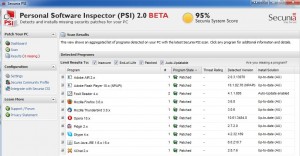 Secunia first announced in March that it would soon make the auto-update feature available to consumers, noting that the average PC user needs to install a security update roughly every five days in order to safely use Microsoft Windows and all of the third-party programs that typically run on top of it. The new beta version doesn’t allow auto-updating for all applications, although Secunia says the list of applications that can be auto-updated through its tool will grow as the public beta progresses.
Secunia first announced in March that it would soon make the auto-update feature available to consumers, noting that the average PC user needs to install a security update roughly every five days in order to safely use Microsoft Windows and all of the third-party programs that typically run on top of it. The new beta version doesn’t allow auto-updating for all applications, although Secunia says the list of applications that can be auto-updated through its tool will grow as the public beta progresses.





